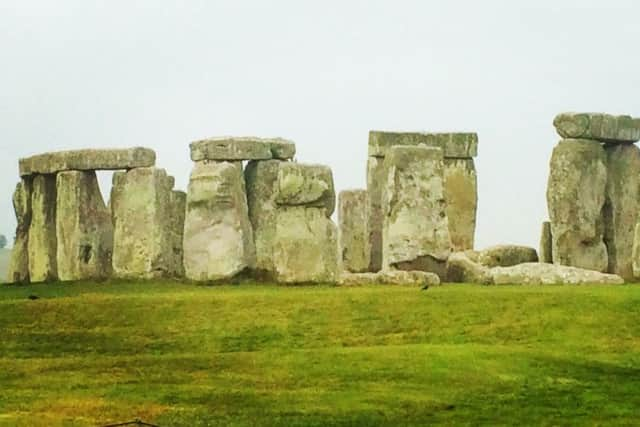COLUMN: Tracing the origins of our very own Stonehenge


From pagan rituals to a convergence of ley lines, it holds great significance in the modern day.
However, its purpose back in the late Neolithic and Bronze Age eras is less certain.
Advertisement
Hide AdAdvertisement
Hide AdIt’s hard to imagine how Arbor Low must have looked when it was built about 2,500BC, particularly as the stones now lie on their sides after being pushed over, probably by medieval people fearful of paganism. Many have suggested that the stones should be re-erected, something which would certainly provide a boost for local tourism.


The 50 or so limestone slabs must have formed an impressive structure which could have been seen for miles around.
Communities living to the North and North West are thought to have travelled great distances to come to this sacred site for great ceremonies - their meaning and purpose lost over the ages.
The only clues left are excavations which have uncovered the remains of urns and deer while a nearby burial mound contains cremated and interred human bones, pottery, flints and an antler.
Advertisement
Hide AdAdvertisement
Hide AdTo view the site near Monyash today, visitors walk through a working farm and would usually find they are alone or joined by just one or two other visitors.


When compared to the numbers at Stonehenge, where up to 10,000 people a day pay to see the stones it is a wonder that more isn’t made of it, especially locally.
In fact more people would be probably be visiting Arbor Low per year 5,000 years ago than they do now.
Although it doesn’t match Stonehenge’s grandeur, it’s still one of the best preserved henges in the country. These circular earthen banks with a ditch inside are unique to the British isles. We know of just 120 henges - including another less well-preserved site nearDove Holes called the Bull Ring.
Next month: Unpicking the myths and legends of Nine Ladies Stone Circle, Stanton Moor.